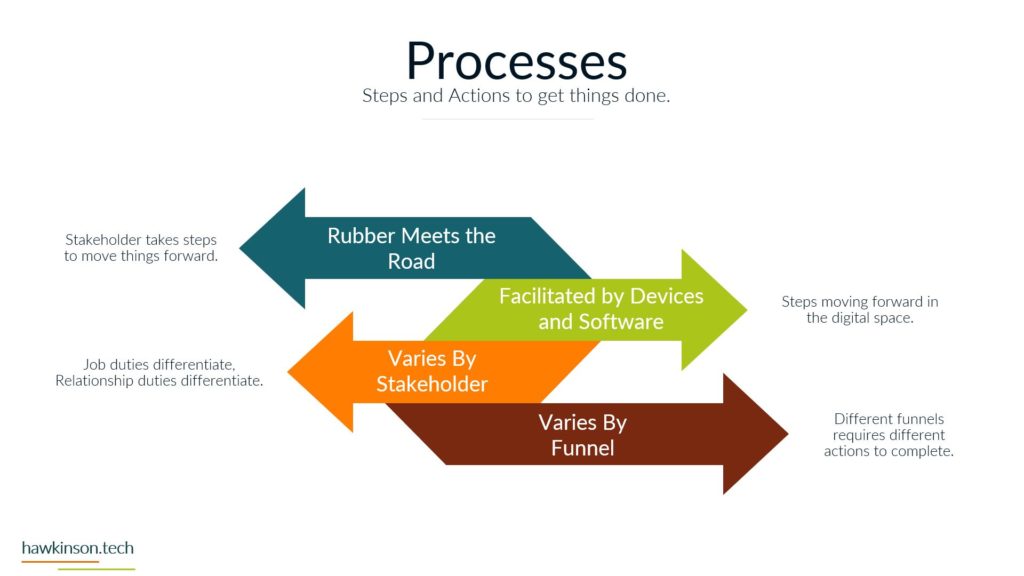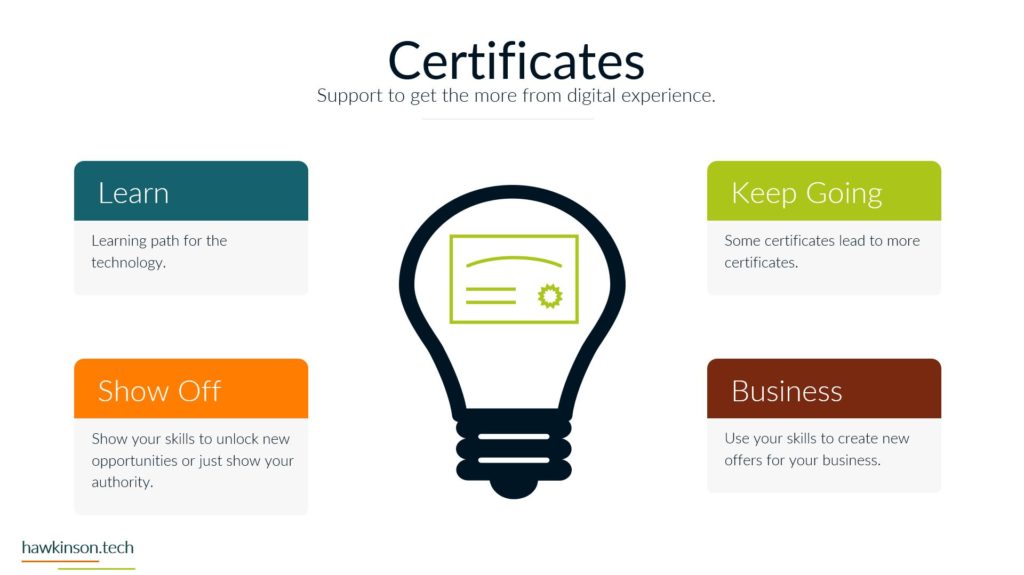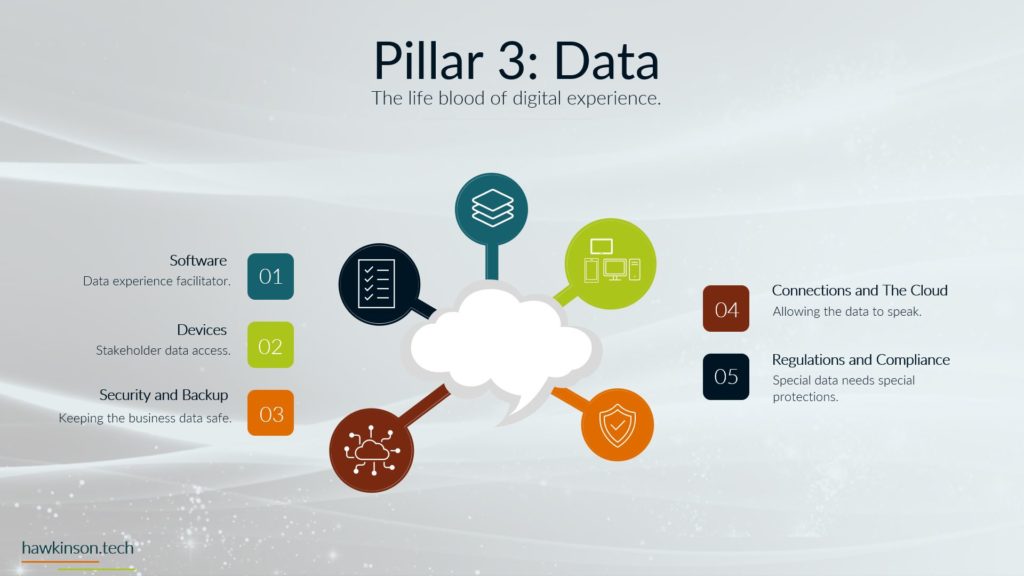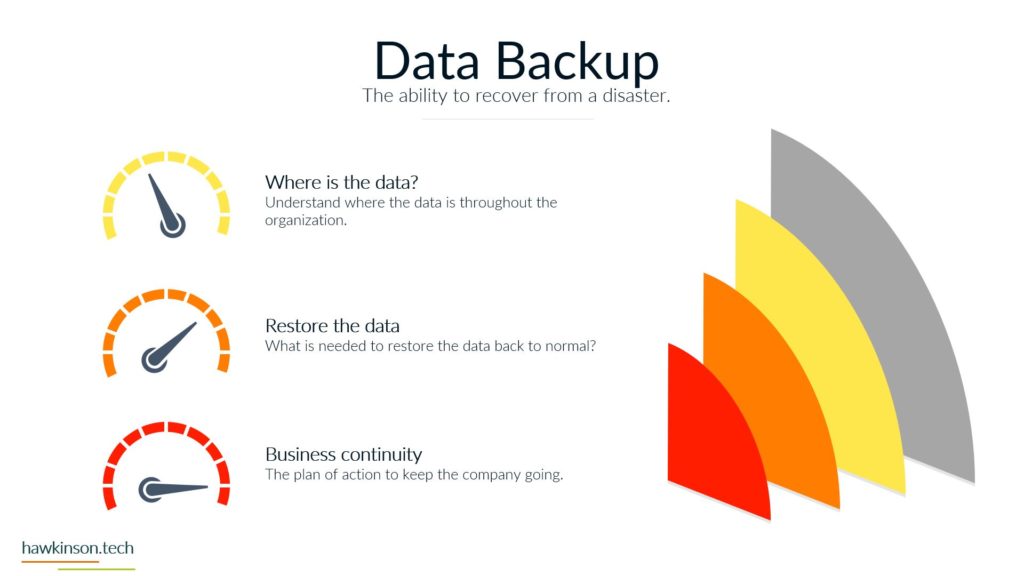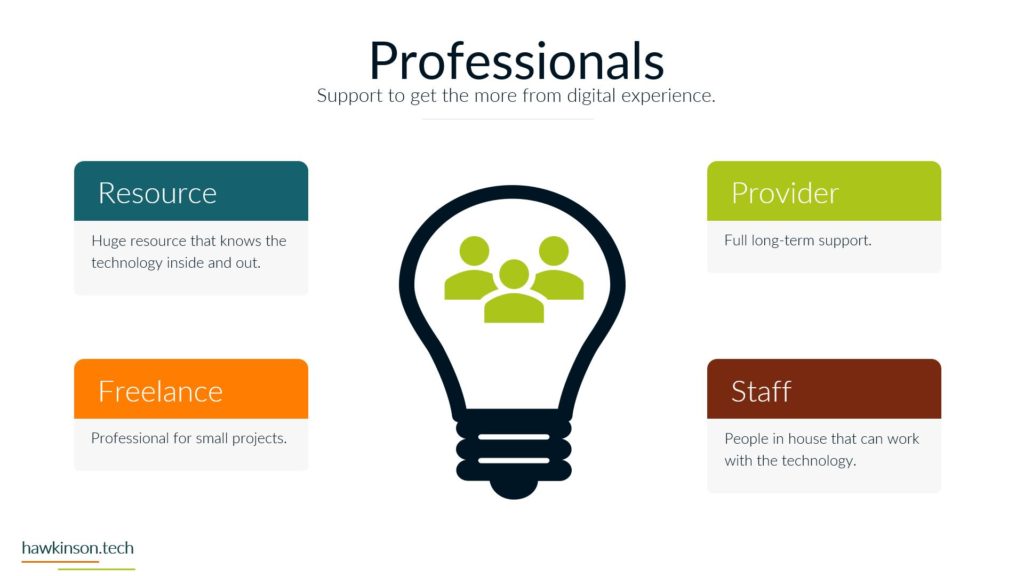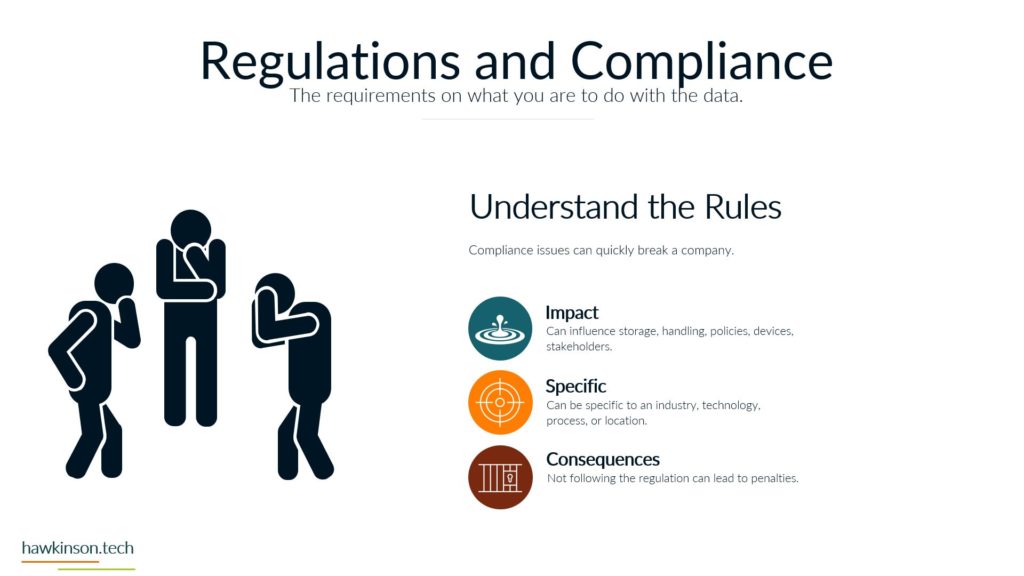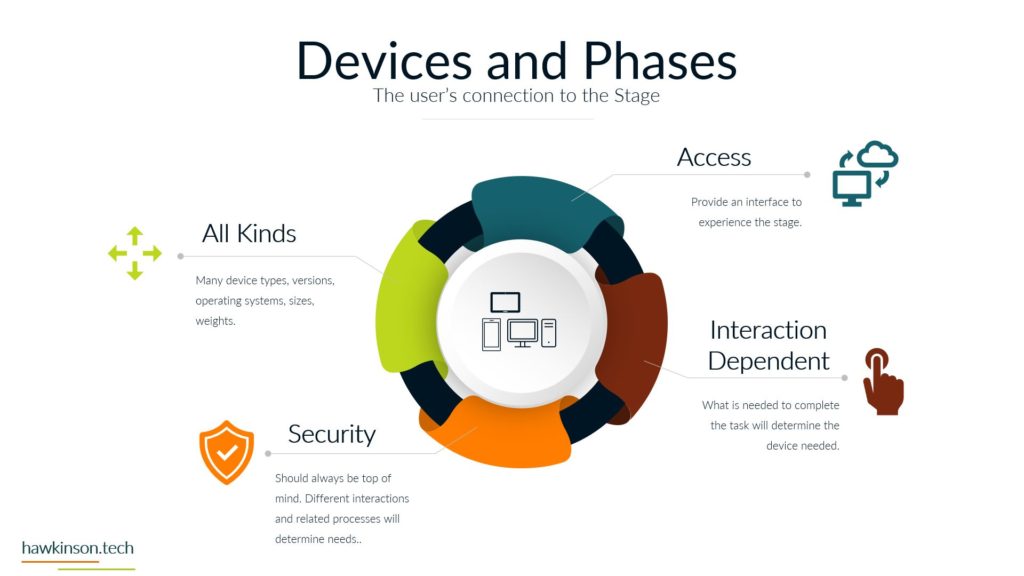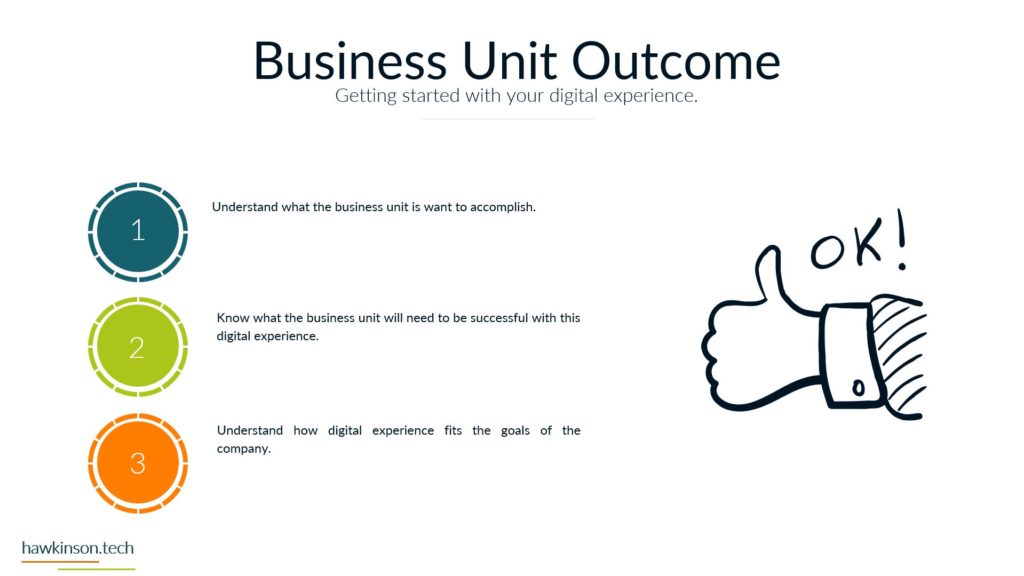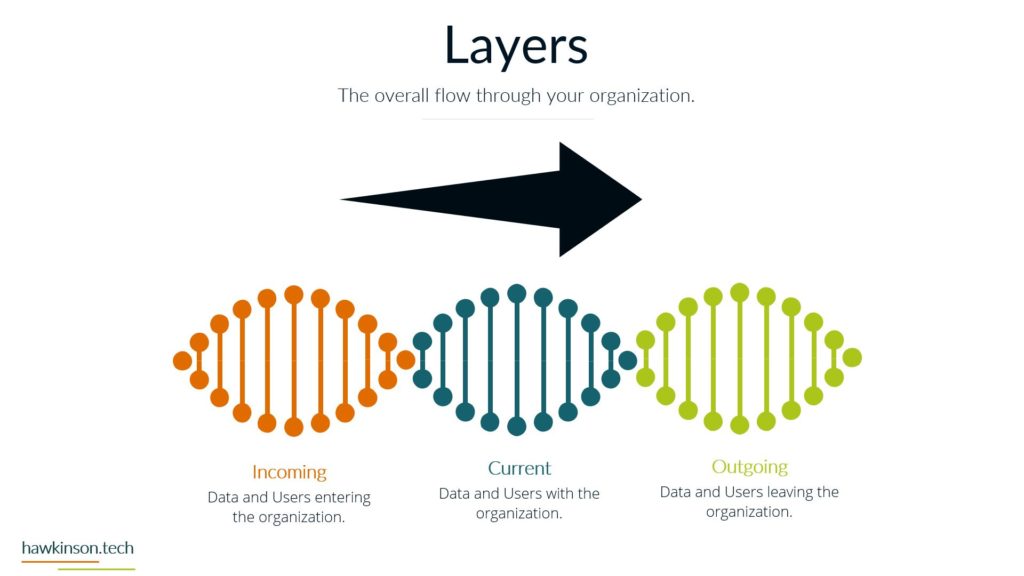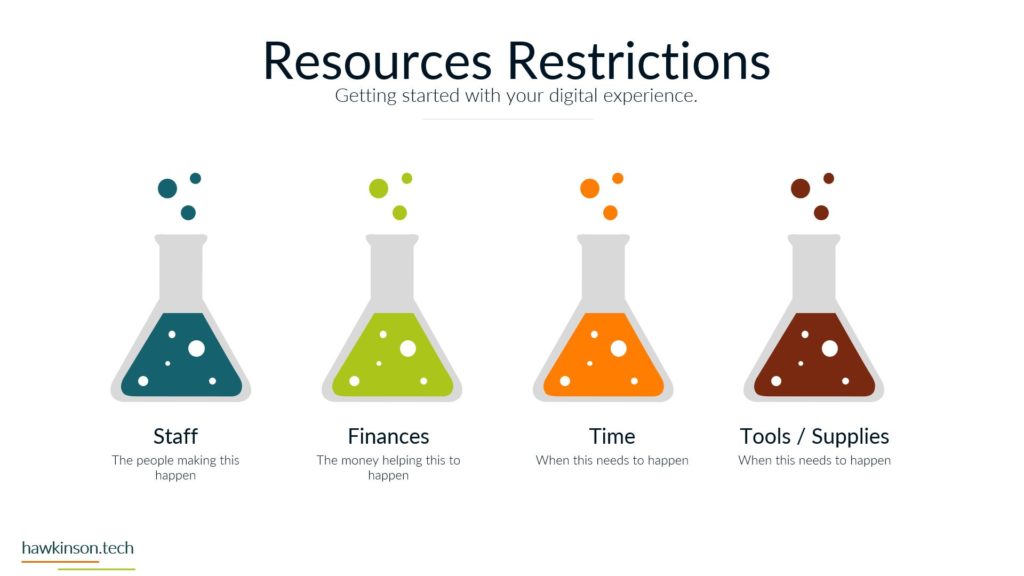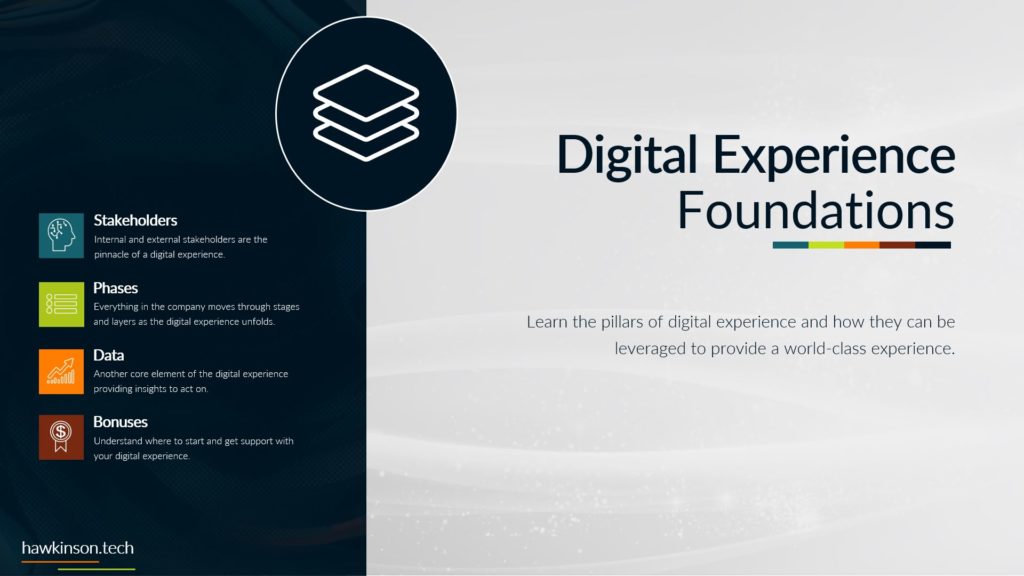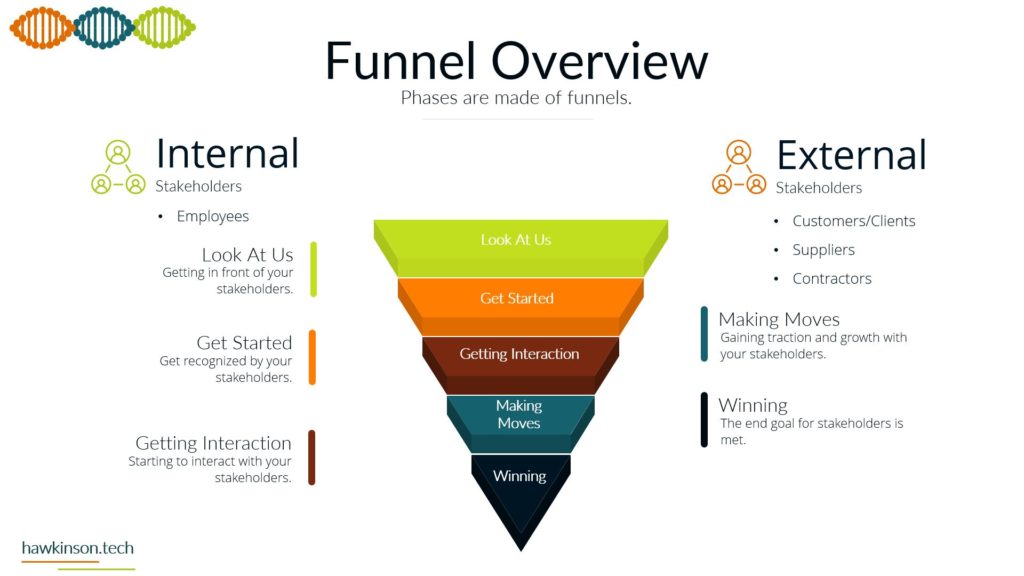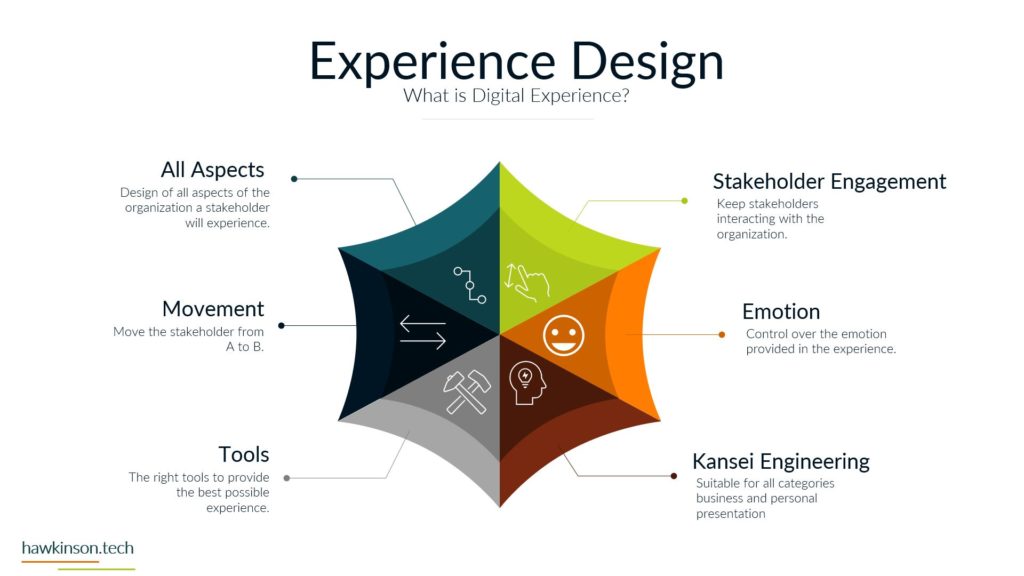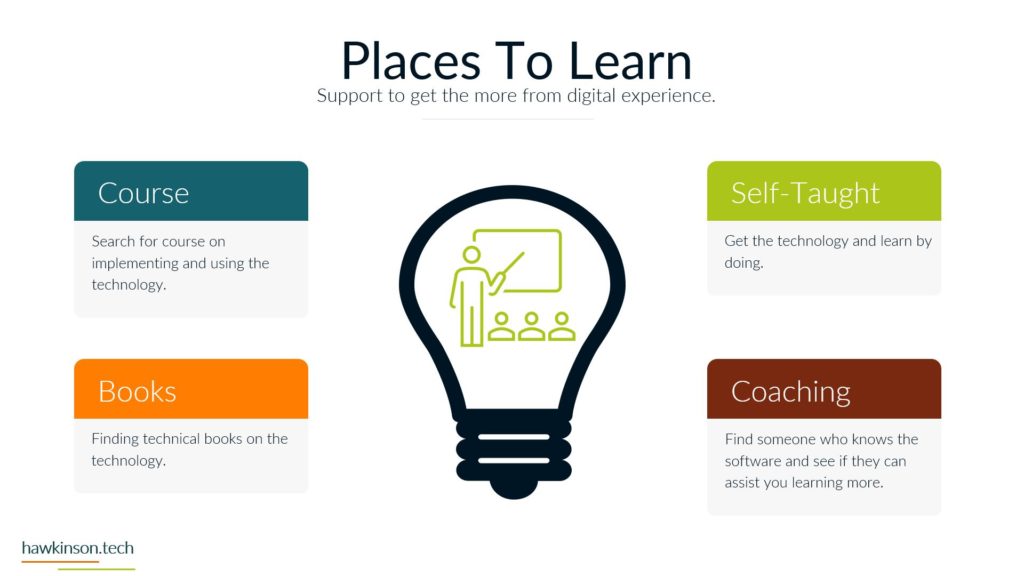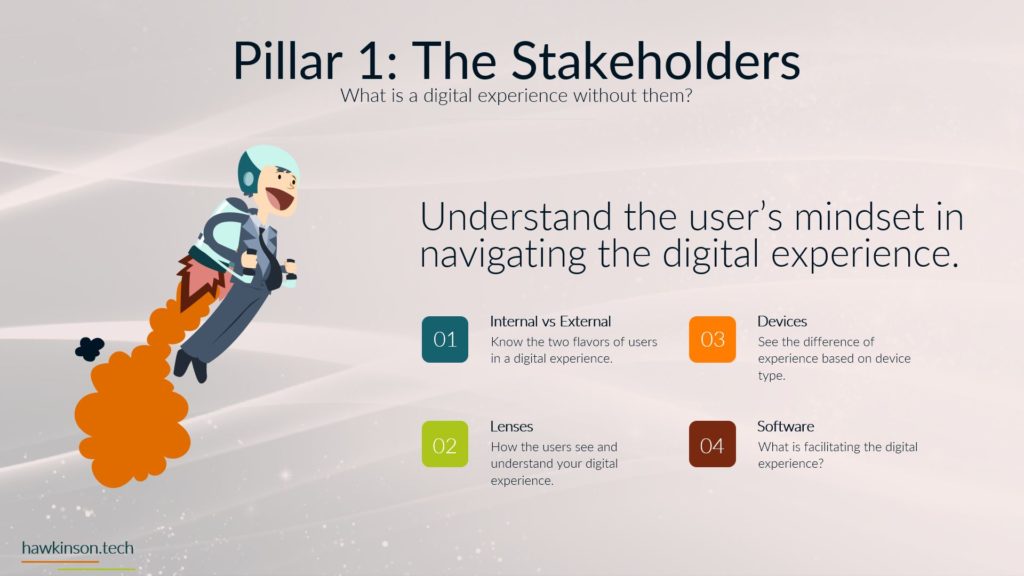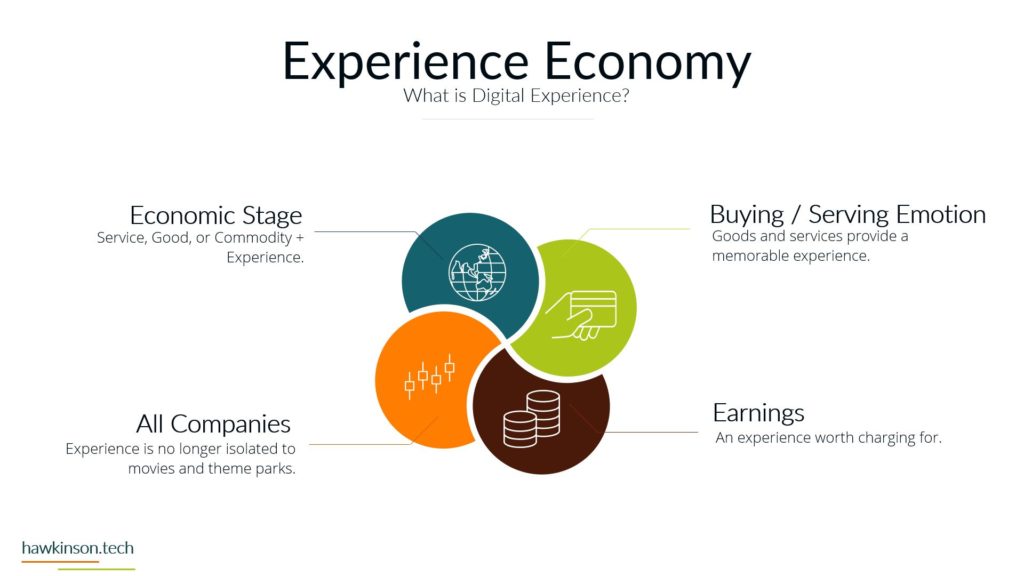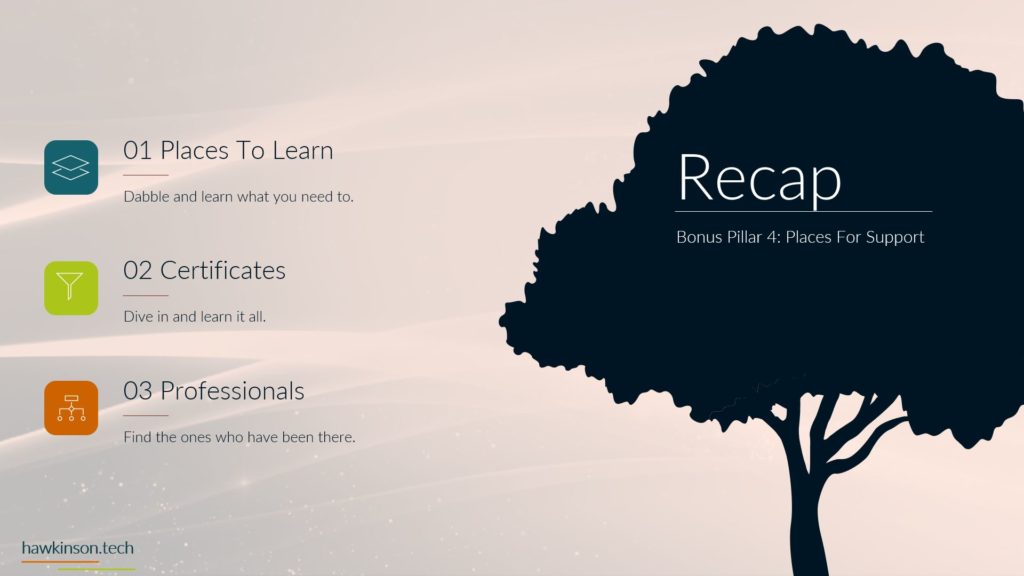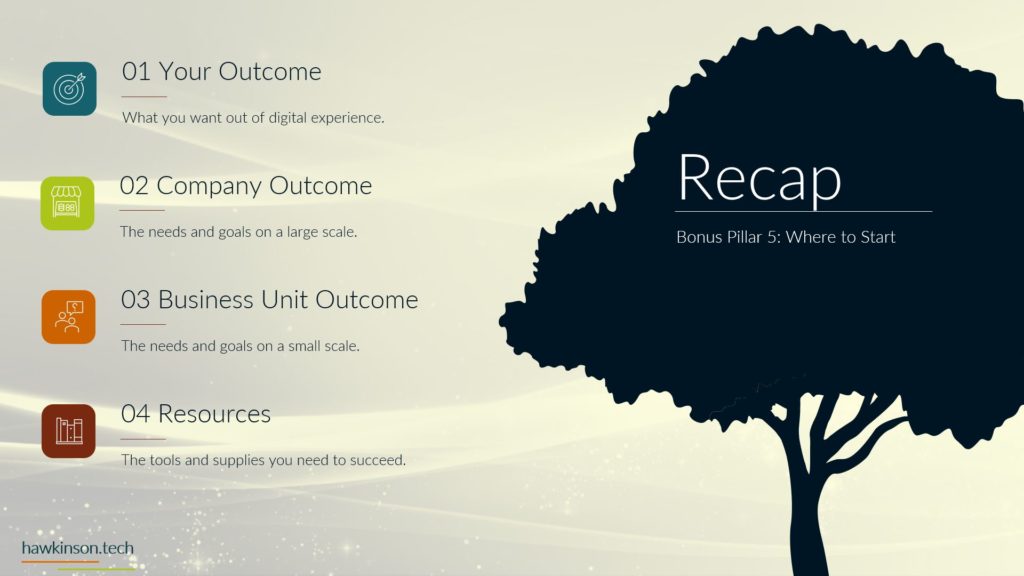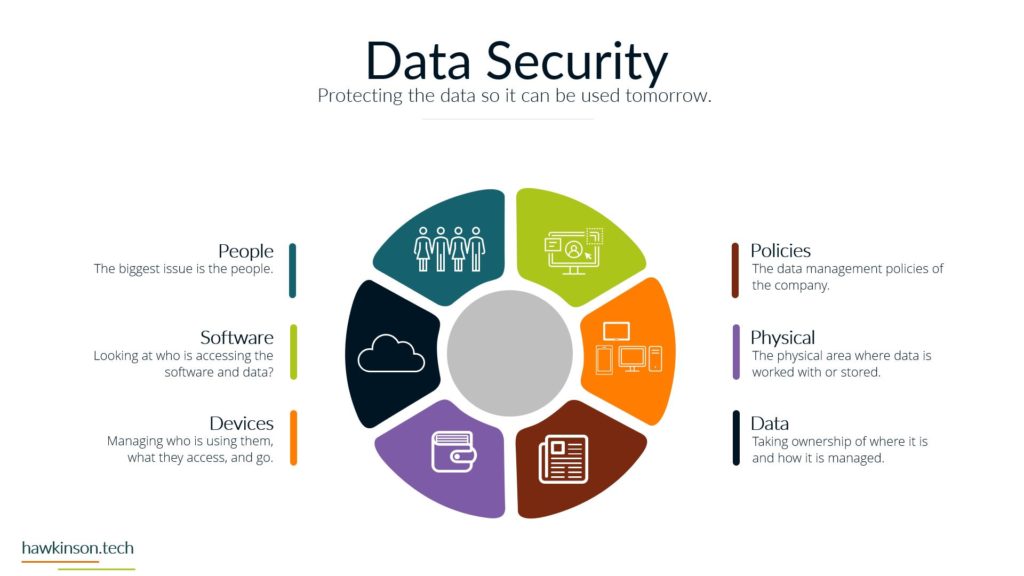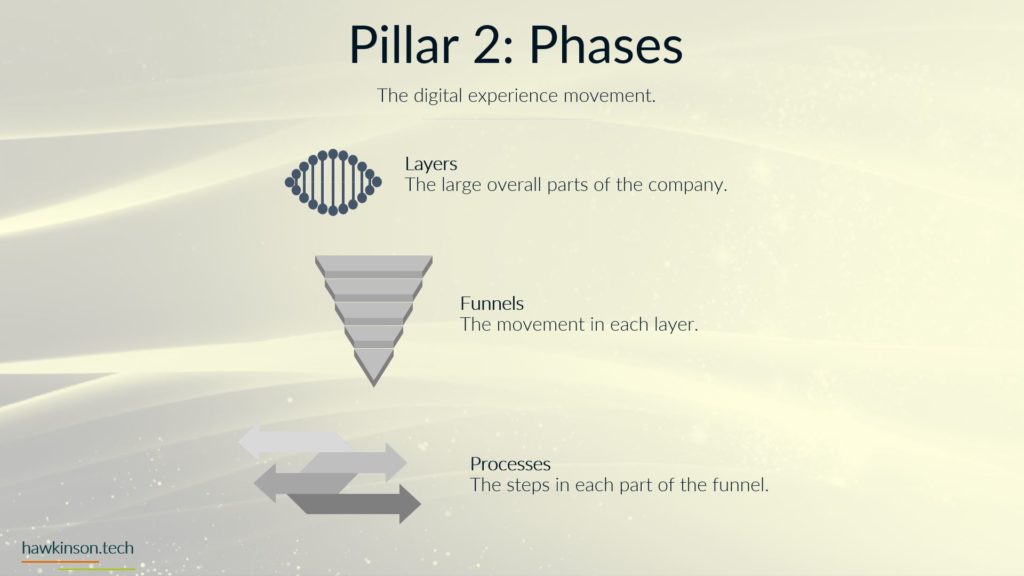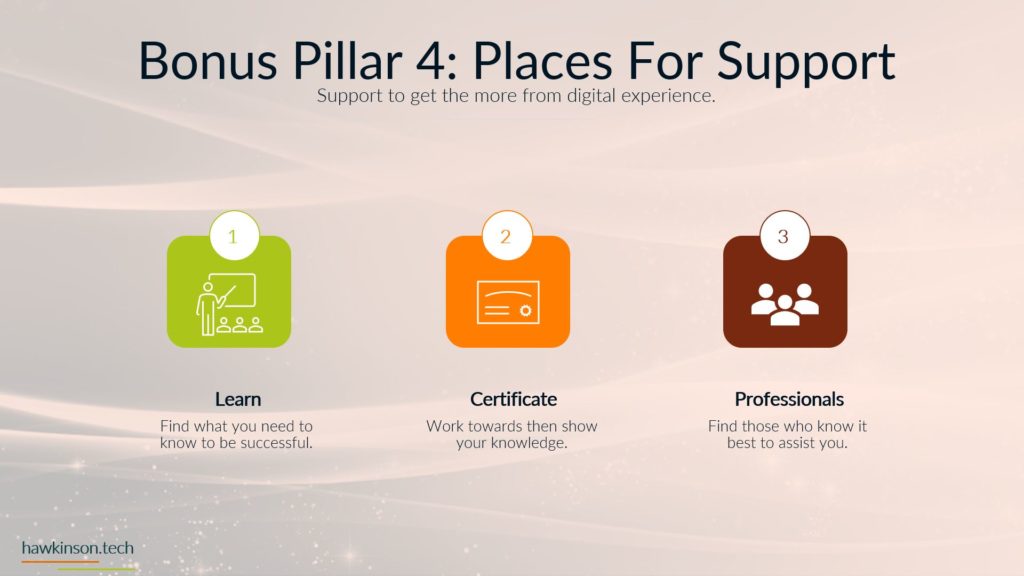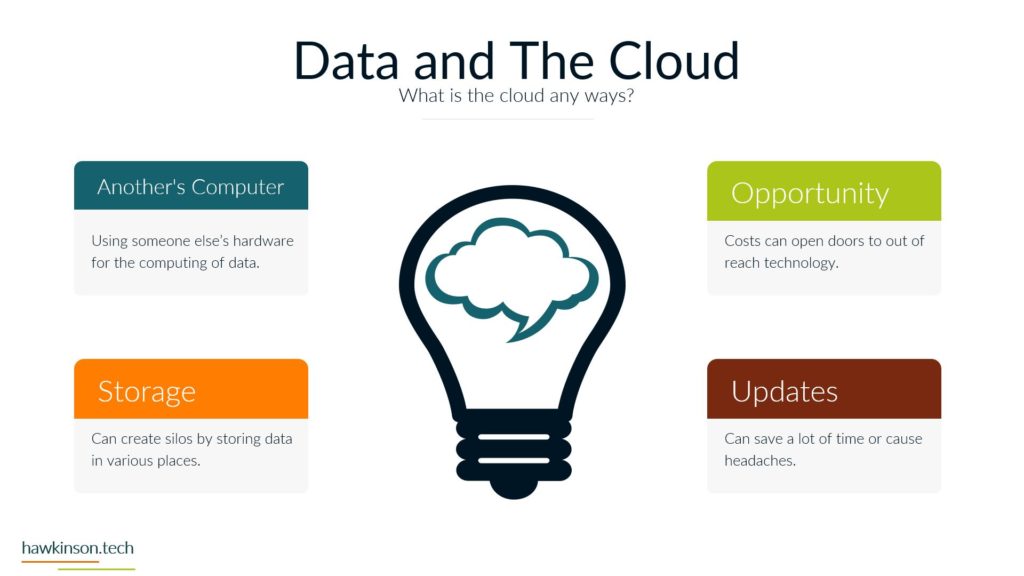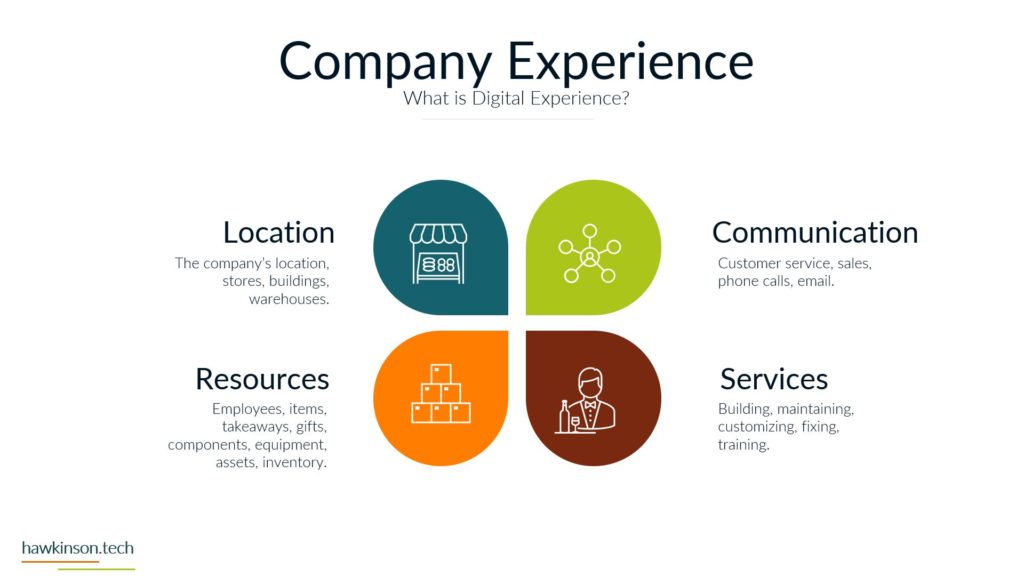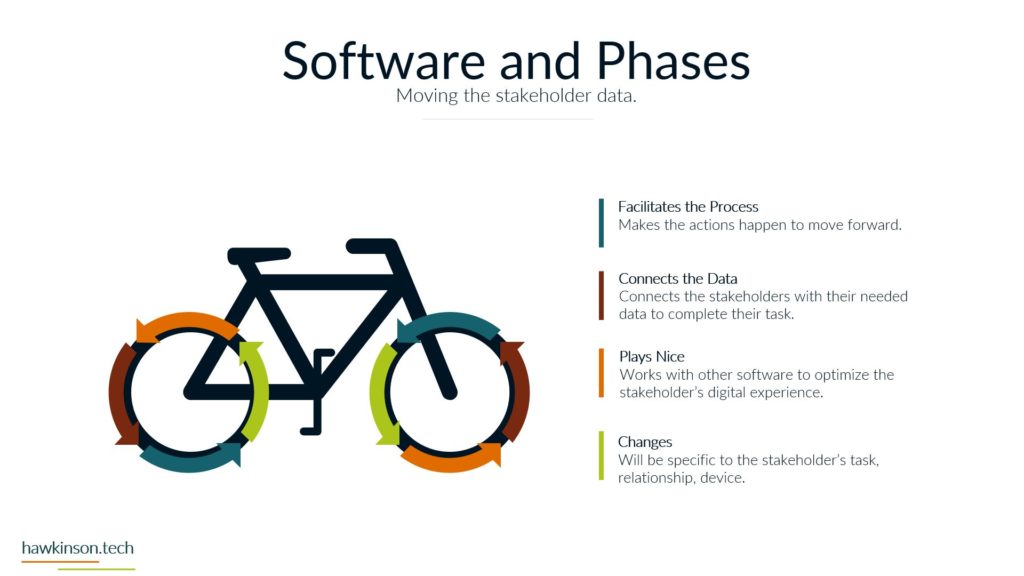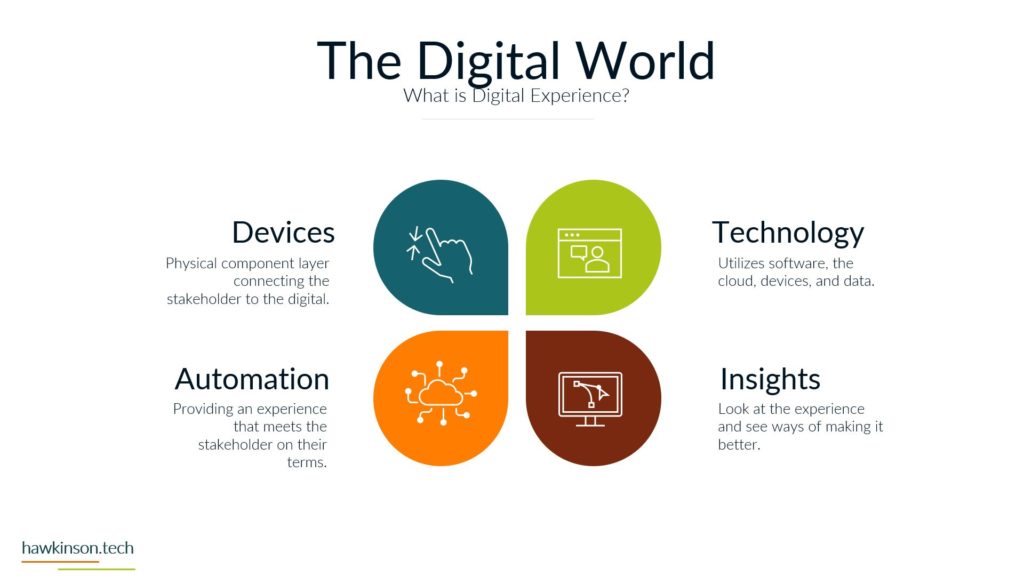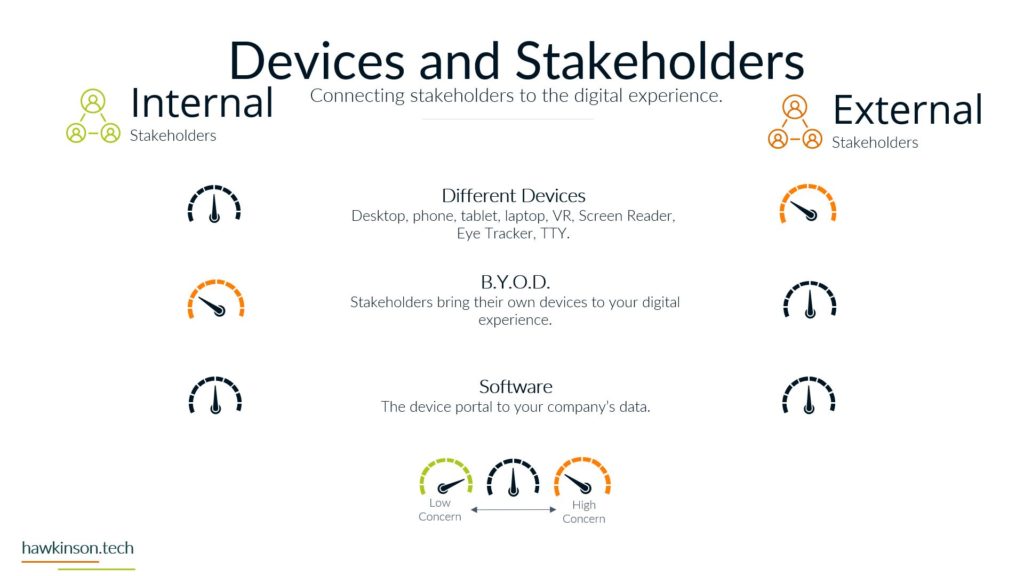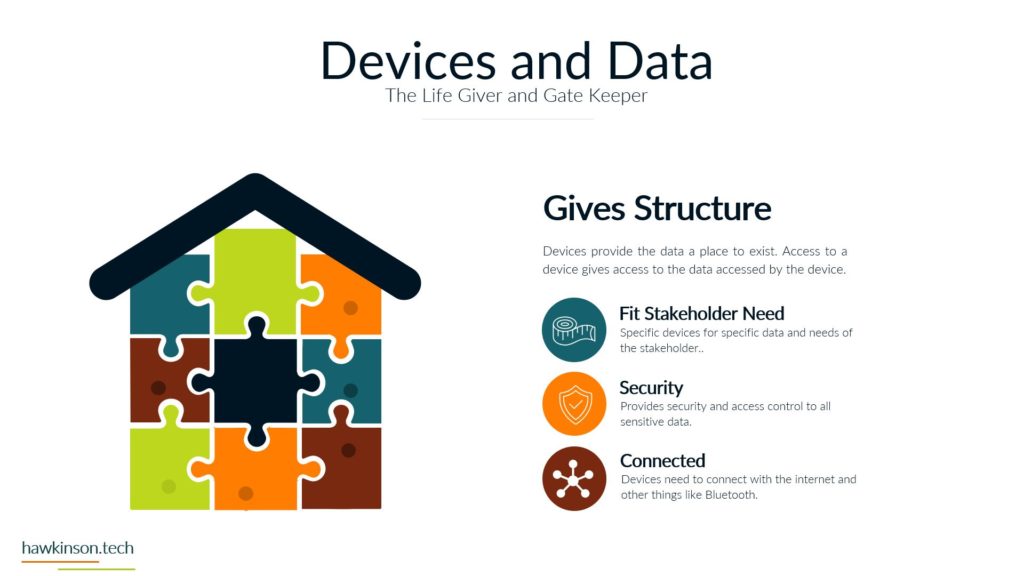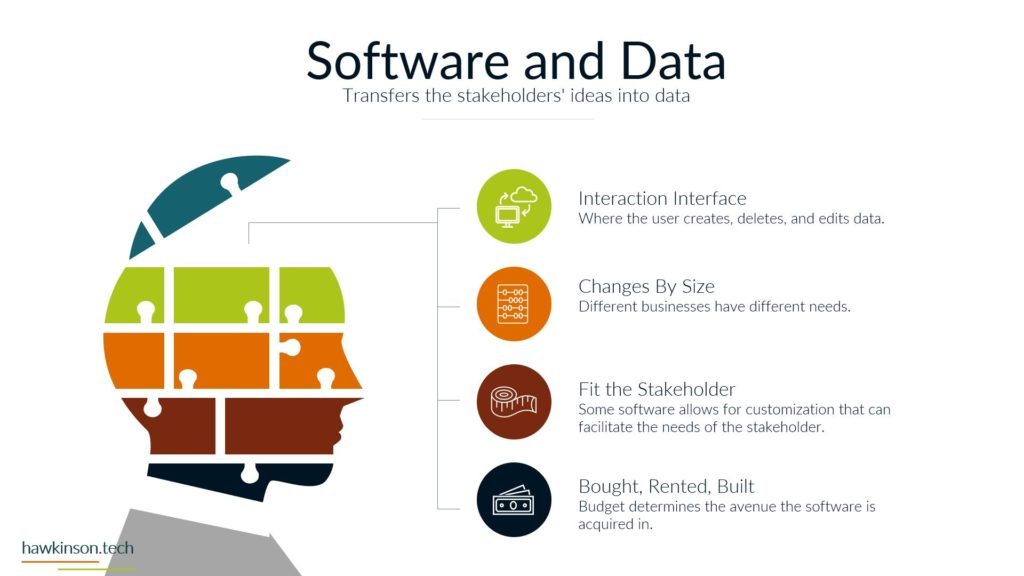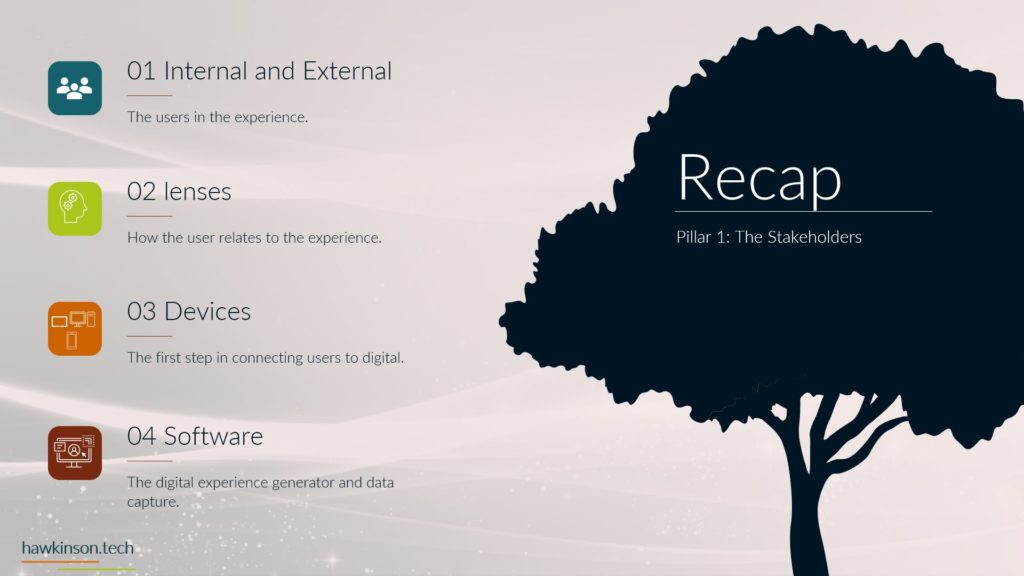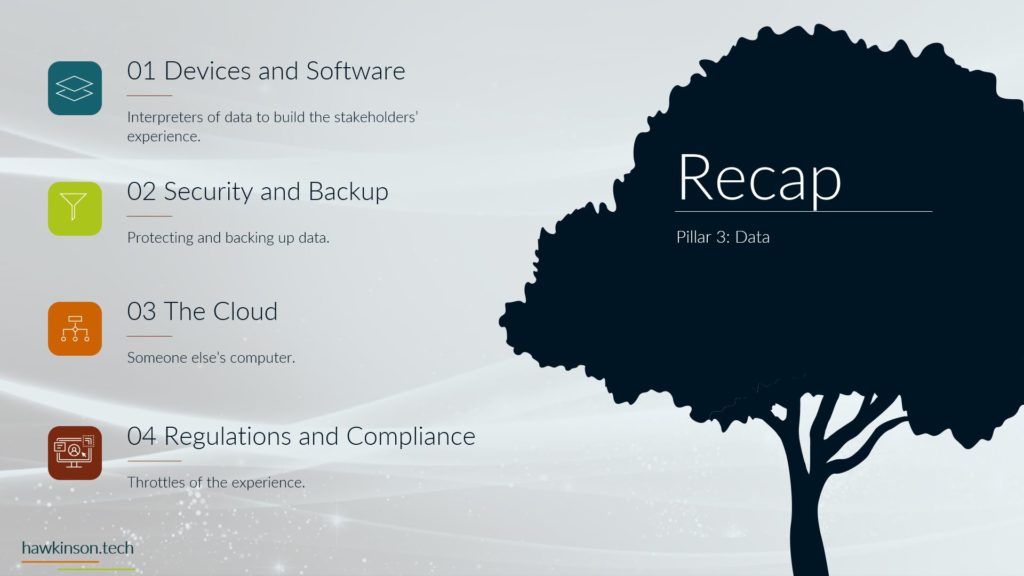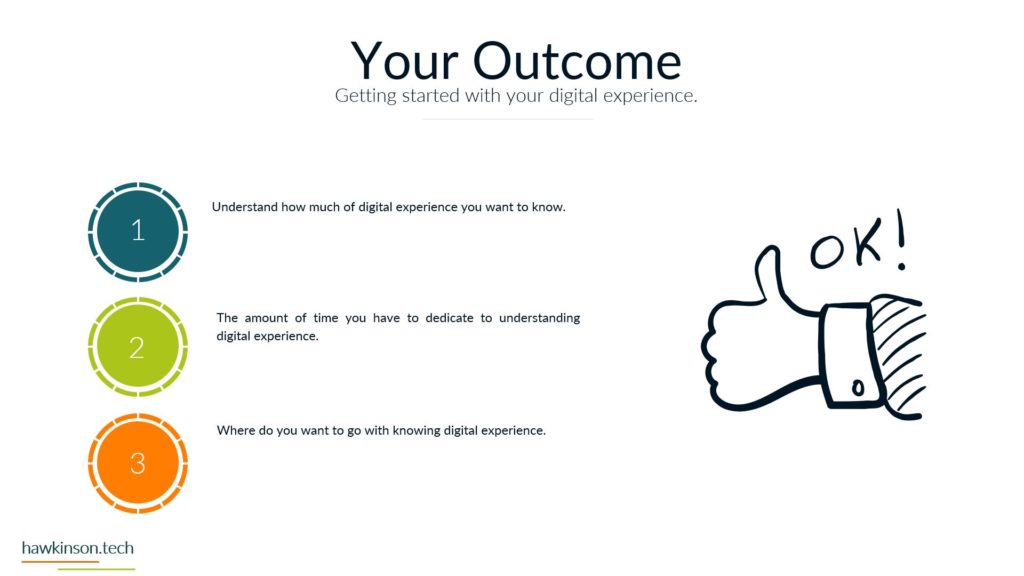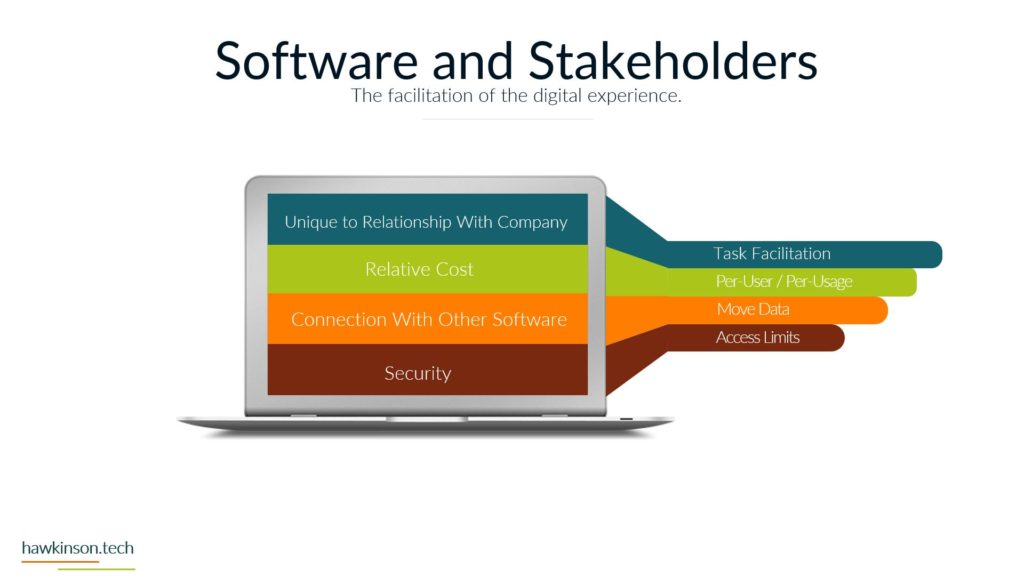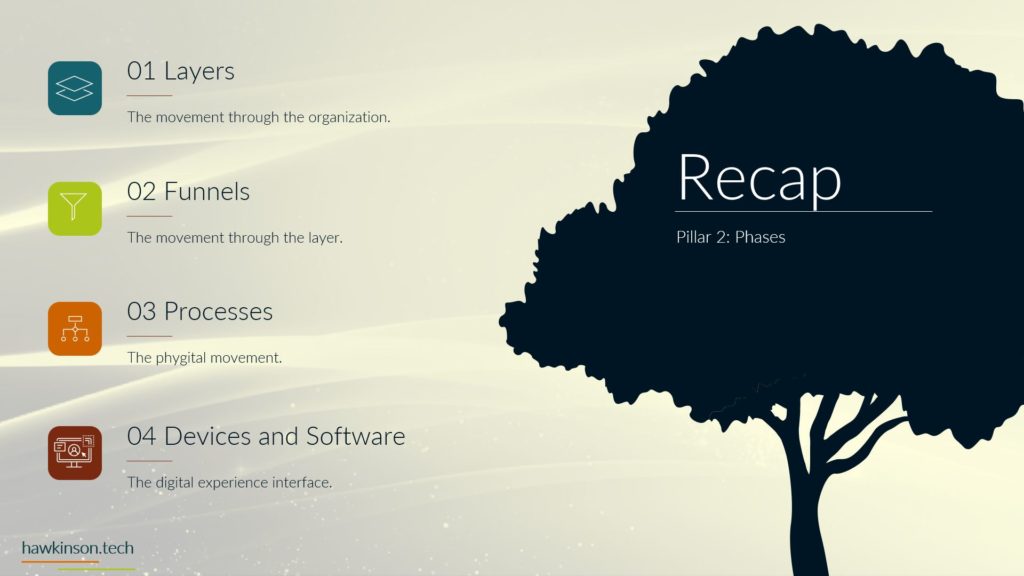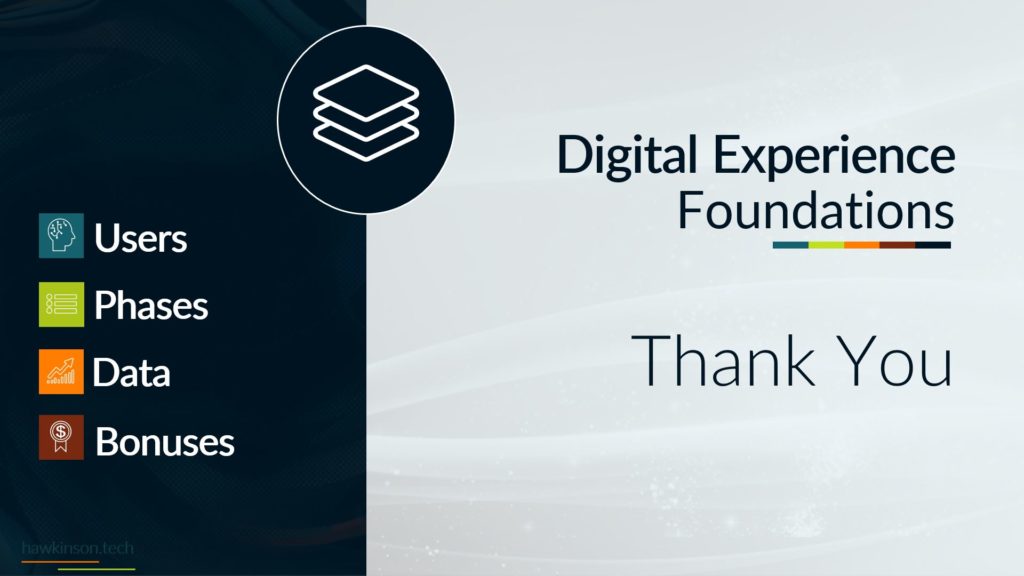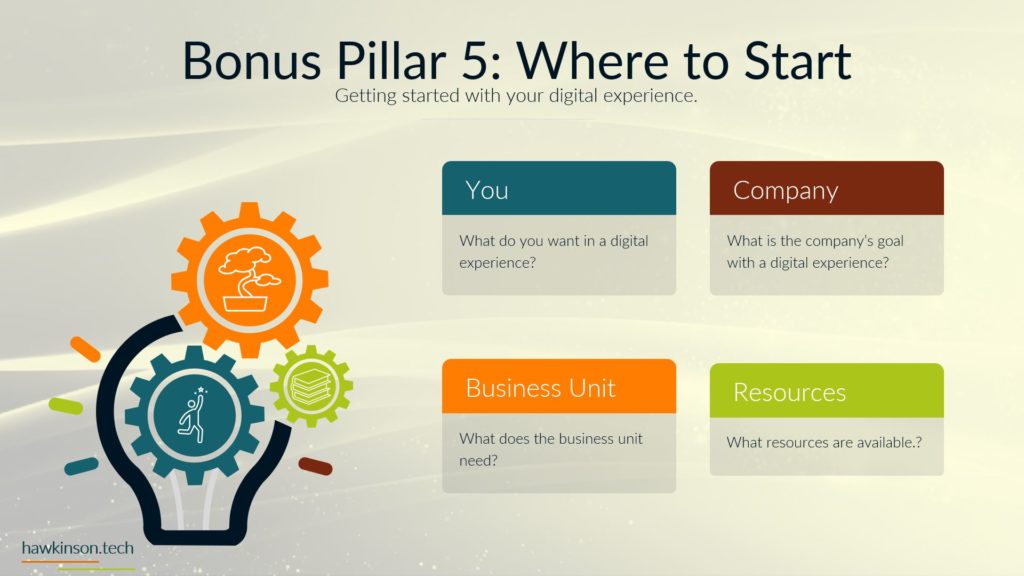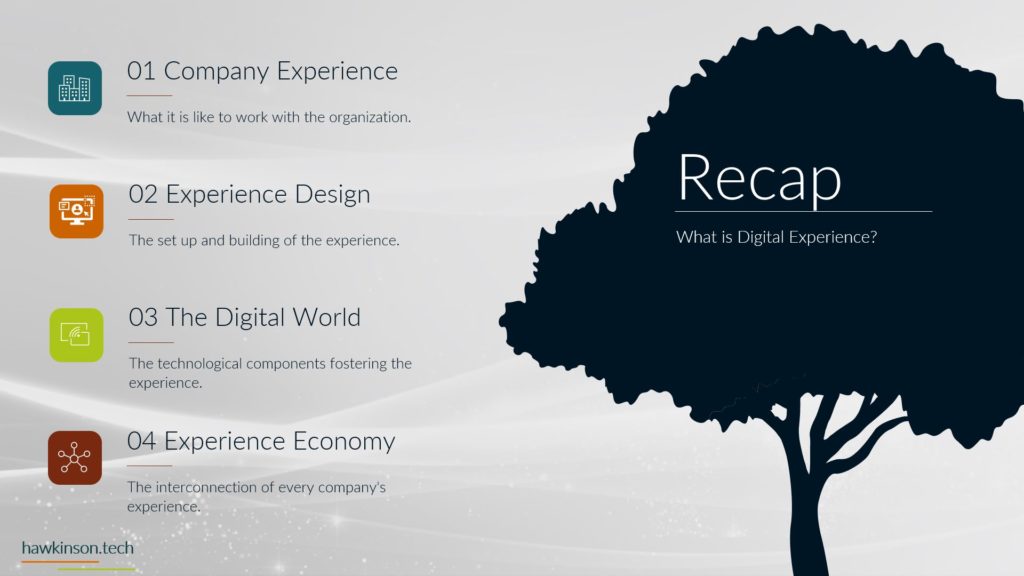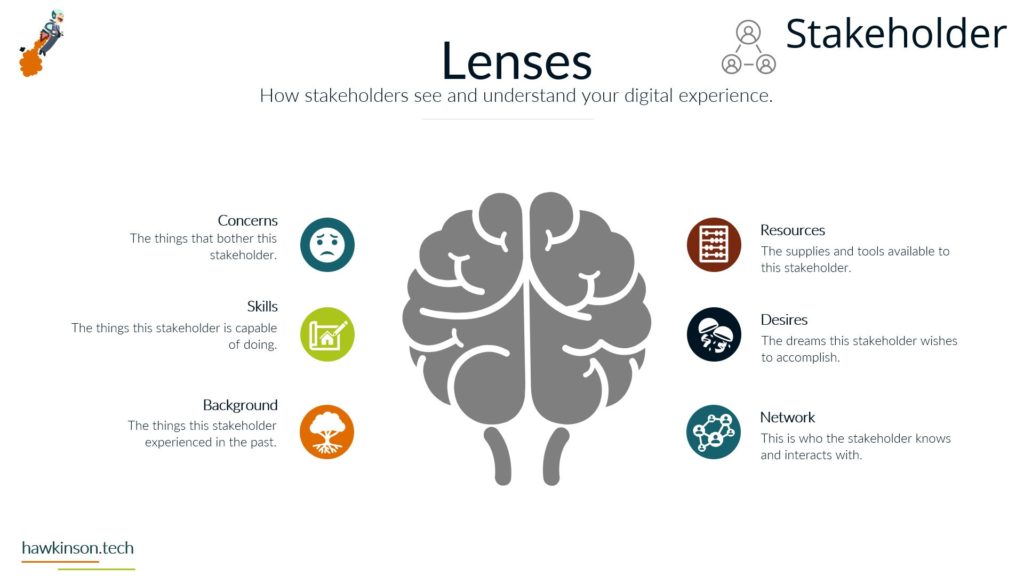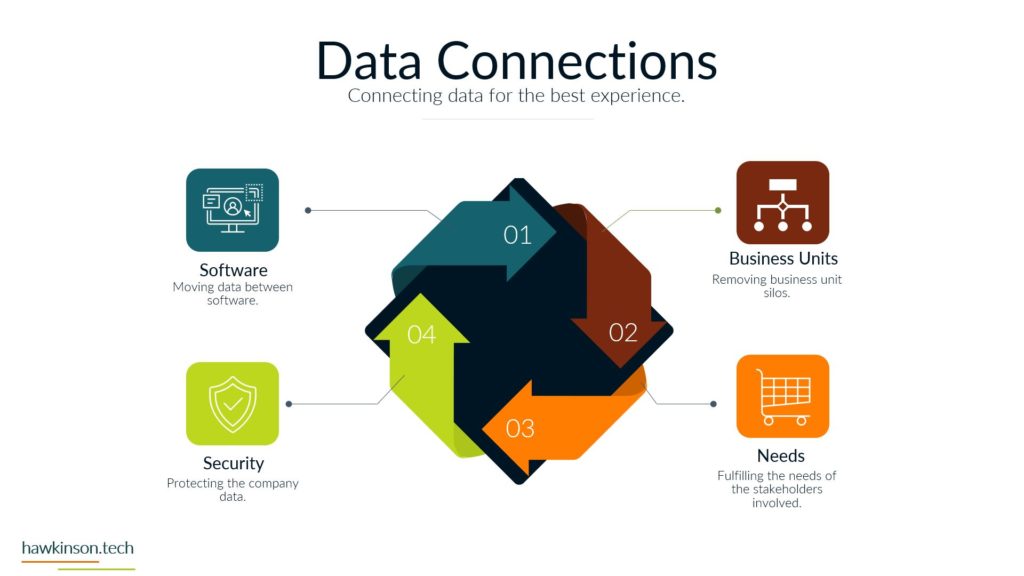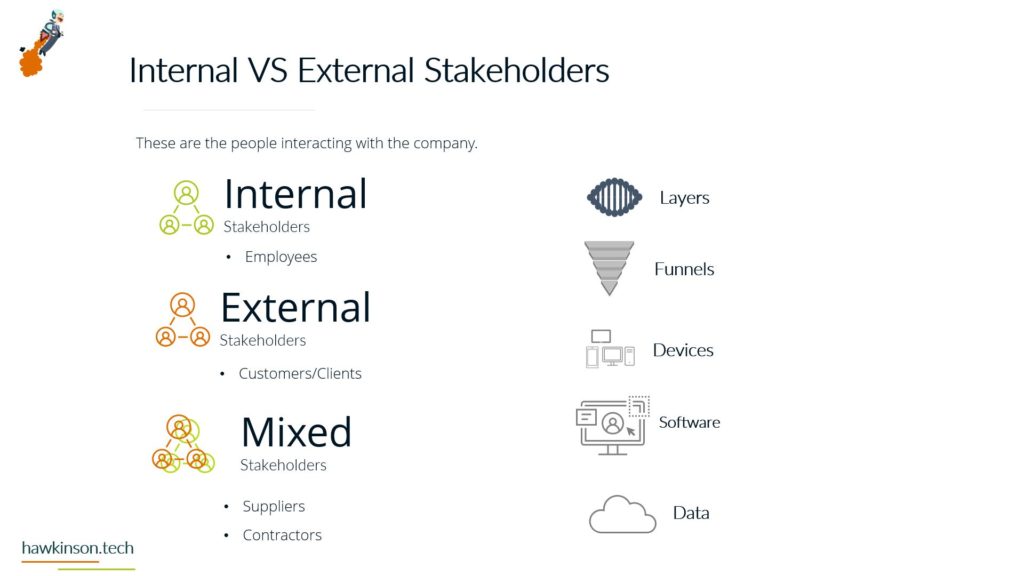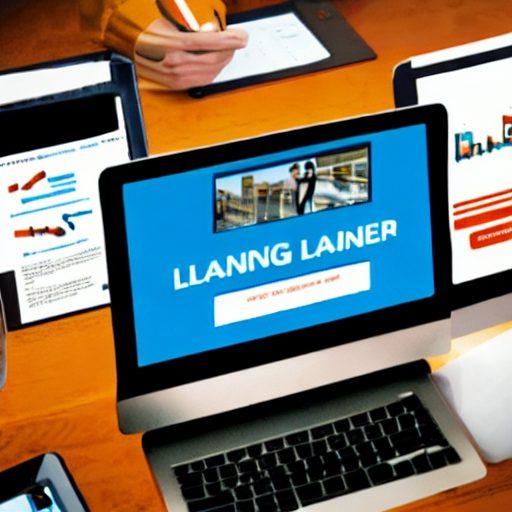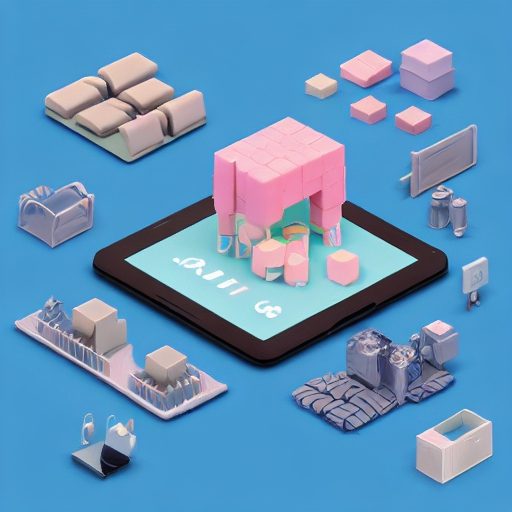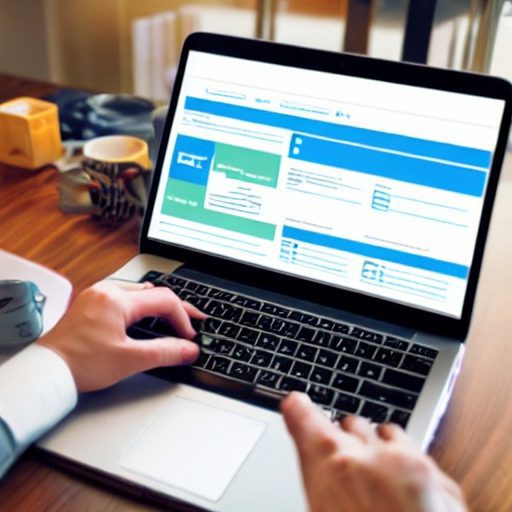This video is the first of many outlining aspects of a digital experience. I originally made this as a course but decided to release it here.
Digital Experience | Intro To Course
Follow Me Elsewhere:
Play Video
Play Video
Hi and welcome to digital experience foundations. My name is Ryan, and I’ll be your guide as we go through this course. So this course is going to cover 5 pillars on digital experience. Those five pillars are going to be a great resource for any coach, any small business owner, any executive or CEO or anybody that is essentially uncomfortable with talking about technology and how it has to do with their business. We’re going to go through all the different aspects of a business and how digital can be applied to it. So essentially, we’re going to talk about the current company. Experience something that you’re offering now and we’re just going to look at it through applying technology. So as you know, there’s various components that can provide your business. One of the biggest one is the stakeholders. I mean, what would a business be without any of the people. So in this case, we’re going to talk about the internal and external stakeholders. So we’re going to talk about internal users, people like the employees, for example. And then we’ll talk about external users, which will more than likely be customers, but we’ll also talk about things like suppliers and contractors, which tend to have a mixed relationship with the company and also tend to have a vastly different. Experience, nothing right or wrong with that. It’s just the difference in the business processes that they are related to bring them into different relationships, which bring about different experiences with the organization. Next, we’re going to talk about the phases of an organization. The phases are a, the phases are essentially layers with the phases. We’re looking at all of the different kind of steps, the different way that the steps go into layers, the way that the layers build into different phases. And stages of the organization. Next, after looking at the phases, we’ll go through and look at the data in the organization. You see The thing is, is in an experience and especially in a digital experience is there’s information. And in a normal company experience, we would see that just in doing surveys maybe or just biofeedback and looking at the way that people are interacting with various employees in the organization. But now we have the ability to look at a lot of that behavior through data. And sure, we might not have the nuances of, you know, this is exactly how this person was feeling to a degree. We can capture, you know, different pieces of data that could give us an idea of what’s going on depending on what we’re allowed to capture. But data is the lifeblood of the entire experience itself. You see, we have the people that are allowing us to create and Foster and keep the experience going. And also who the experience is for in general. And then by looking at the data, we’re able to look at some of the underlying artifacts of the experience that allow us to do things like enhance it or modify it. I know I’m going on a tangent, but there’s quite a bit that we’ll talk about with the data itself. It’s a very important aspect. Next, we’re going to go through two bonus pillars and talk about how they apply to the digital experience. So we’ll talk about ways that you can go through and get started with digital. Experience, we’ll talk about how you can get started and we’ll also look at some various ways that you can get started and where you can get started. And with that you’ll have a very great understanding of what digital experience is and how it pertains to a company experience. So with that let’s go ahead and get started before jumping into the pillars we are going to go through and talk about just an introduction into company experience itself and then we’ll. With that introduction to go through and talk about these different pillars and you’ll have a much better understanding of how they relate to one another. Once we’re done with the section, then you can go through and look at the reflection and the digital experience matrix in order to start applying some of these things to your business and the situation that you’re in.
Related Content
More Content
Create a professional and functional website with ease using online page builders. Explore factors like ease of use, customization, features, mobile responsiveness, SEO tools, support, and pricing to choose the right website builder for your needs.
Landing Page Builder is a powerful drag-and-drop web page creator designed to help website owners quickly create attractive and effective landing pages for their online businesses. It provides users an easy-to-use interface to construct compelling visuals,
Gain insights into the pivotal role of stakeholder perspectives in shaping digital experiences. Understand the significance of stakeholders’ concerns, skills, backgrounds, resources, desires, and networks in designing effective digital interactions. Tailoring digital experiences to align with
Discover the critical role of stakeholders in shaping a company’s digital experience. Gain insights into internal and external stakeholders, understand their diverse lenses and perceptions, optimize devices for seamless interactions, and leverage software to elevate digital
Marketing Manager Software helps businesses create successful marketing campaigns and projects. It automates tedious tasks and helps streamline complex processes, allowing you to focus on the creative side of your marketing strategy. With this software, you
Video for the 5 Step Personal Branding and SEO Action Plan how to guide.
A dependable CRM solution can streamline many tasks of your daily business. Have a look at the must-have features of CRM solutions.
By implementing a CRM system, businesses can gain a competitive advantage by improving customer acquisition and relationship management processes. This article will explore the benefits and importance of CRM in these critical areas.
Discover the power of data in shaping the digital experience and how businesses can leverage it to create personalized, engaging, and meaningful interactions. Explore the role of data collection, storage, analysis, and monetization in driving customer
This article explores the importance of experience design in creating exceptional digital journeys for stakeholders. It covers various aspects of experience design, including customization and personalization, stakeholder engagement and retention, emotion-driven design, Kansei engineering, tools and
Discover the importance of Digital Experience Architecture and Strategy for businesses in the digital era. Learn how companies have shifted from physical interactions to digital experiences and why managing this transition is crucial for success. Explore
